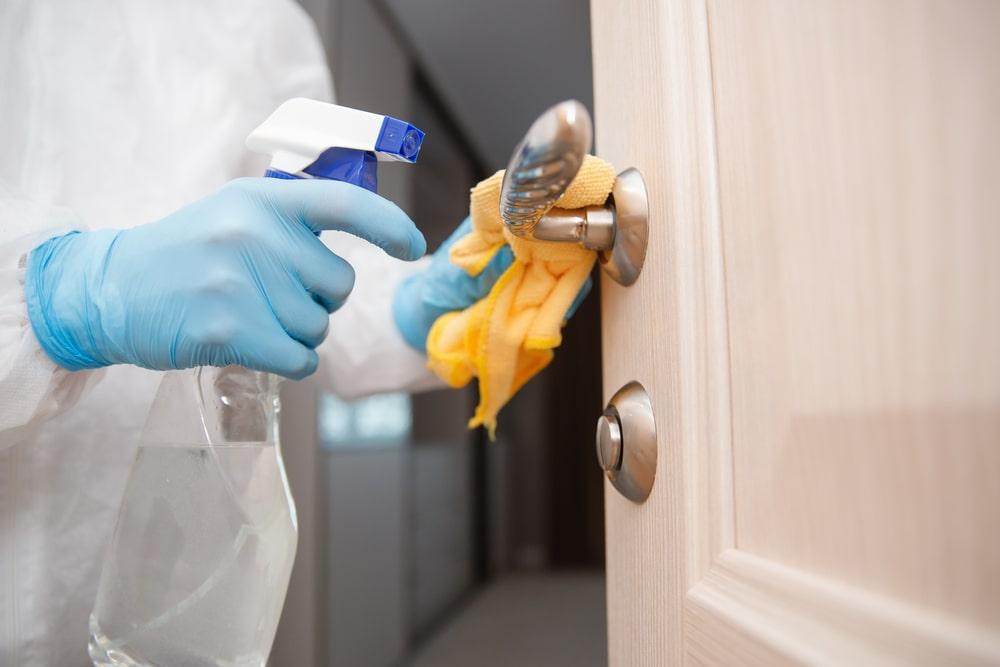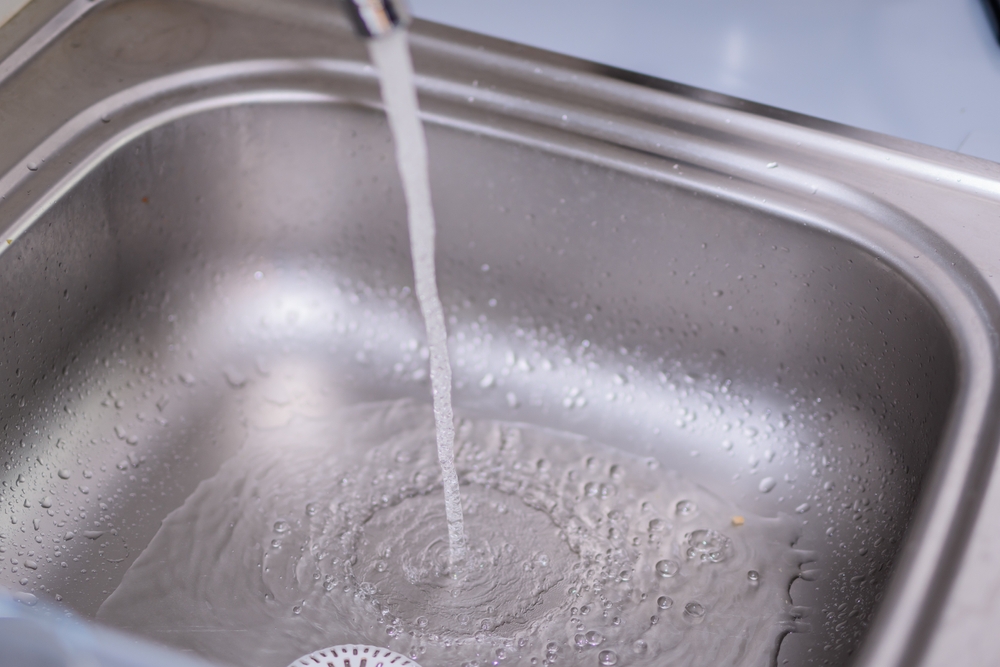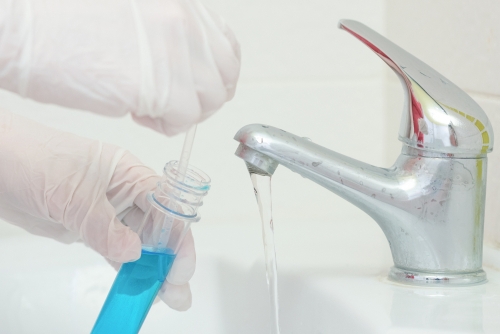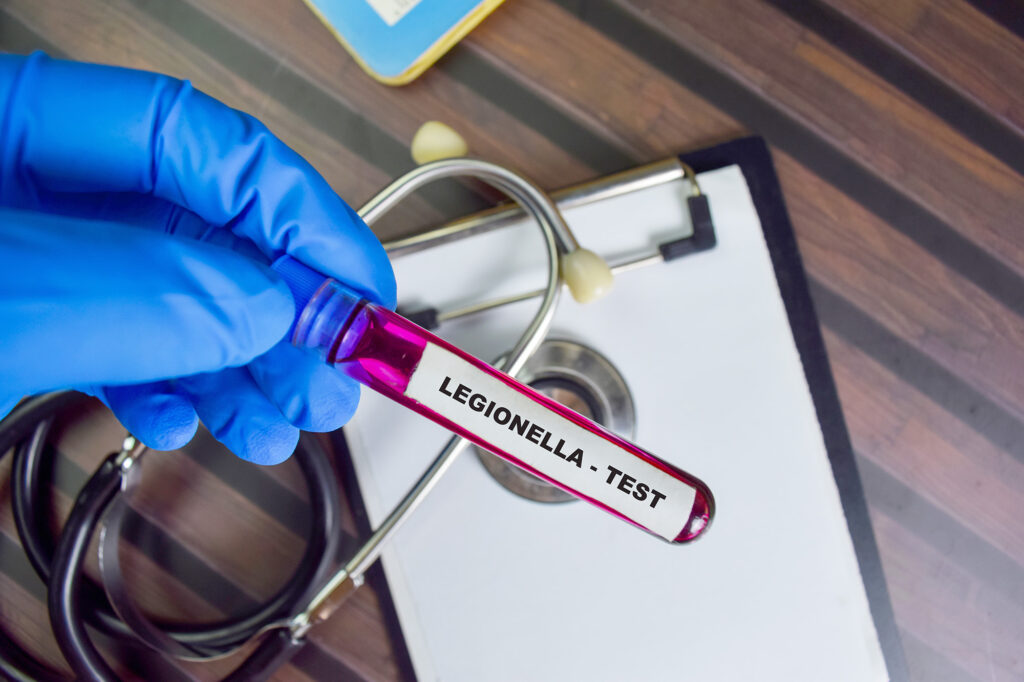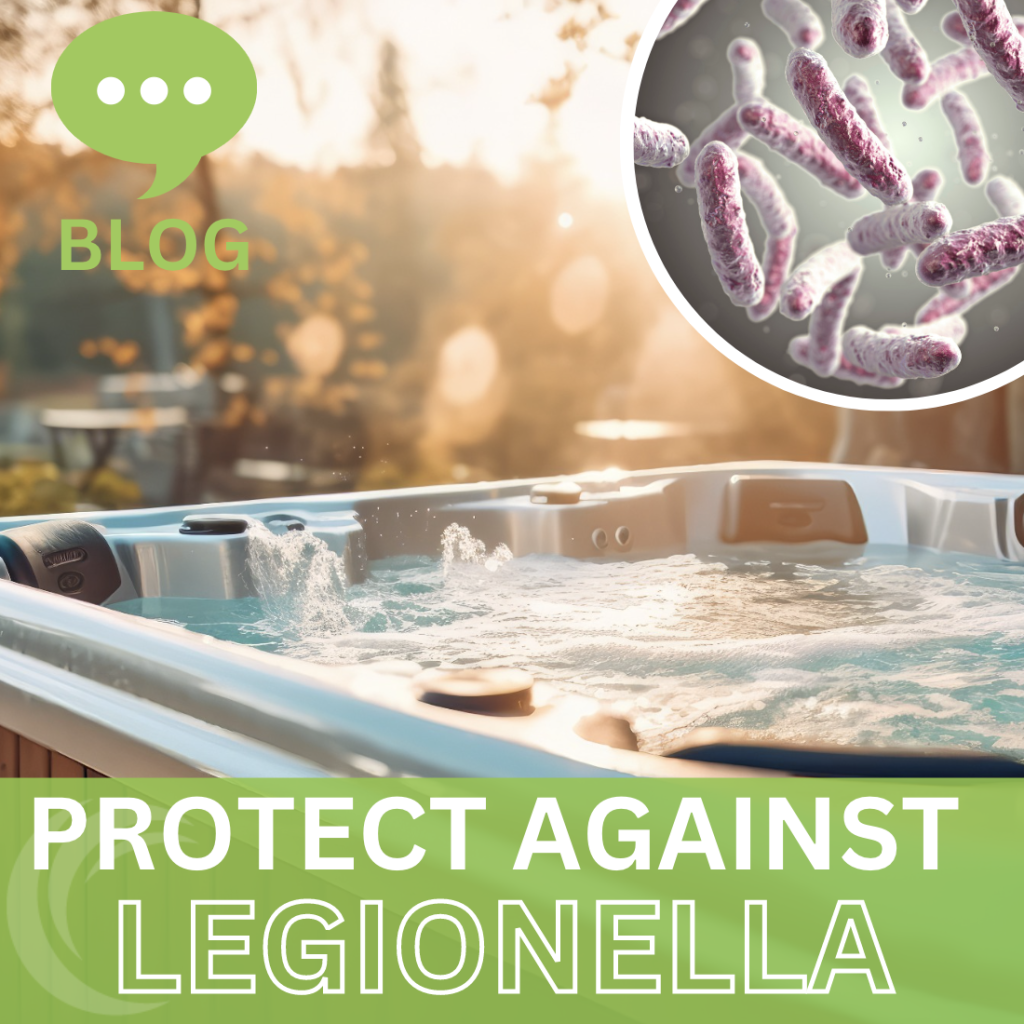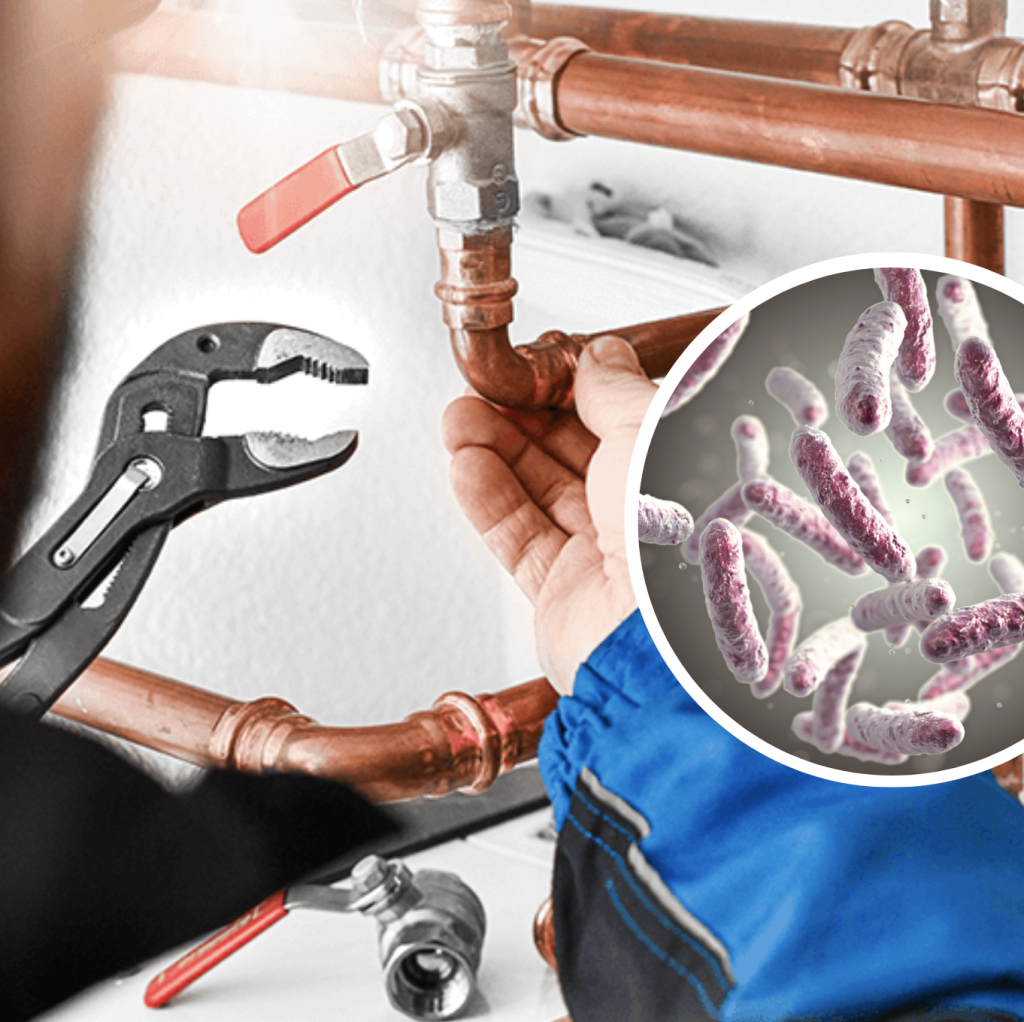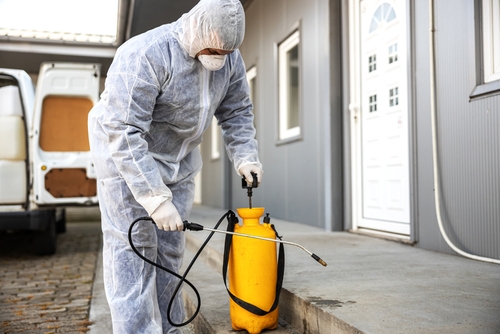A care home based in Gloucester has been given just 6 months to improve health and safety or face closure.
An unscheduled inspection by the CQC (Care Quality Commission) revealed that both the safety and leadership at the care home were poor, meaning that their overall rating dropped from good to inadequate. Although the service provided to the residents was not assessed, the care home is now facing losing its registration following the visit in February.
The CQC delivered two warning notices and ordered the care home to improve the standard of care within 6 months, despite not assessing the service provided.
Health and safety in care homes
When poor health and safety management is found within a care home setting, this can lead to incidents that affect both staff and residents. Just like with any establishment, risk assessments and internal processes help keep everyone safe within the care home to reduce the chance of serious incidents and death. If, for whatever reason, health and safety is not taken seriously, this can have huge repercussions on everyone.
The HSE (Health and safety executives) are quite clear in the regulations that care homes managers must adhere to. Because social care can be complex, risks need to be proportionately managed to respect patients and look after staff.
The HSE has split their guidance for care homes in to the following areas:
- How to manage health and safety
- Incident reporting
- Moving and handling
- Equipment safety
- Safe use of bed rails
- Slips, trips and falls
- Fall from height
- Hazardous substances, infections and disease
- Legionella
- Hot water and surfaces
- Work related violence
- Work related stress
- General work environment health and safety
- General welfare
This means that there should be health and safety risk assessments and policy for each area the HSE has deemed essential in managing care homes.
Legionella in care homes
Legionnaires disease is a potentially fatal type of pneumonia that can be caused by inhaling infected airborne droplets of air containing legionella bacteria. Legionella can be found in hot and cold water systems, water tanks, stagnant water systems or even on shower heads, and some people with high risk health conditions like chronic respiratory problems like asthma, diabetes, kidney disease and heart disease or those over the age of 45 are more at risk of legionnaires or even death.
That is why water systems in care homes need particular consideration and management. When servicing vulnerable people, care and consideration needs to be paid to ensuring that water systems are free from legionella which means regular water monitoring and assessment.
Take action now.
To learn more about our legionella services, you can visit our dedicated service pages here.

